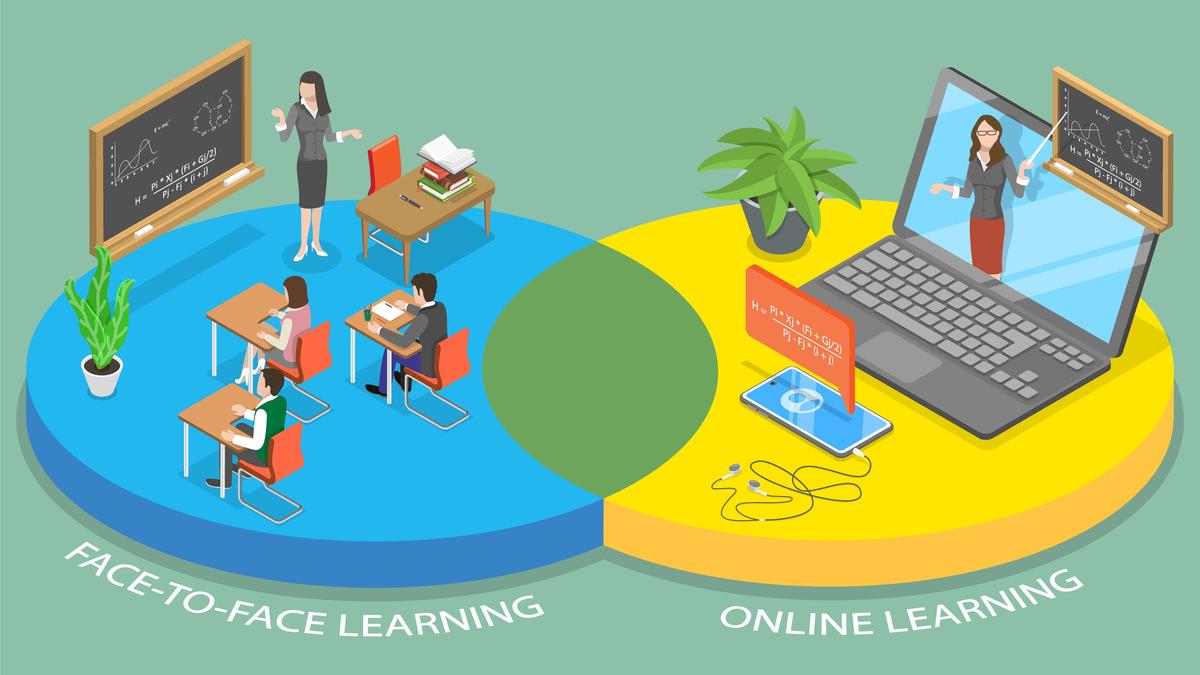
How to create a successful hybrid learning routine
The Hindu
Hybrid learning revolutionises education with flexibility, engagement, and communication, shaping students for success in the modern era.
Hybrid learning has become pivotal in the post-COVID era, as it offers a flexible approach to education. While it pairs face-to-face classroom experience with online teaching-learning tools, it also enhances student engagement by combining online and offline elements that can be tailored to an individual pace and preference, and opens avenues for educators to gamify their training materials and make learning exciting with the help of FAQ sessions, interactive quizzes, active polling, and so on. While it empowers students with accessibility, reducing their mental pressure and anxiety, they also need to maintain discipline to reap its benefits in the long run. Here are some tips for both students and educators to make the most of hybrid learning:
Establish a schedule: Forming a structure for daily tasks is crucial in a hybrid setup. It helps maintain focus and concentration and enhances learning efficiency. Many learners benefit by designating a specific area for studying during hybrid learning. To avoid distraction and feeling overwhelmed, a meticulous approach towards learning, including using timetables, calendars and reminders, allows one to be productive.
Create engaging content: Educators must ensure that only relevant content reaches students. For example, inventive videos, podcasts or documentaries in sync with the curriculum can add to the lessons. Virtual brainstorming sessions and group projects can deepen students’ learning experiences by exposing them to new perspectives.
Effective communication: The goal of various communication channels in hybrid mode is to set clear expectations and guidelines to enhance the teaching-learning experience. With the advent of tools such as voice assistants, live chat and virtual calls, timely communication is possible. With the help of breakout rooms, teachers can allow students to pose their queries in smaller groups. When needed, a backchannel can be implemented to address student queries.
Balanced workload: Hybrid mode allows one to strike a balance between studies and personal development. By using fixed schedules, setting deadlines and maximising productivity, students can take regular breaks and incorporate self-care into their routine to aid cognitive development and reduce stress.
Feedback and support systems: Written comments, audio or video recordings, and virtual meetings can be focused, constructive and empowering. Such personalised feedback gives students time to reflect upon their errors and ask questions. A consistent stream of support can be enabled by peers and educators via online tools or classroom discussions.
To make hybrid learning successful, students, educators and other stakeholders must join forces and ensure a balanced approach that enhances the potential of students and meet the demands of the modern age.













